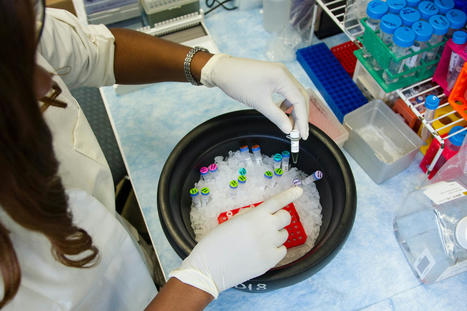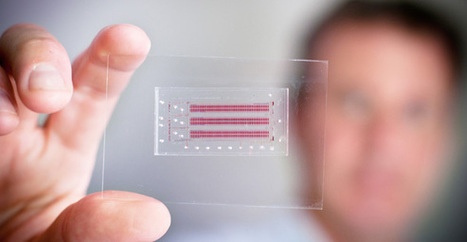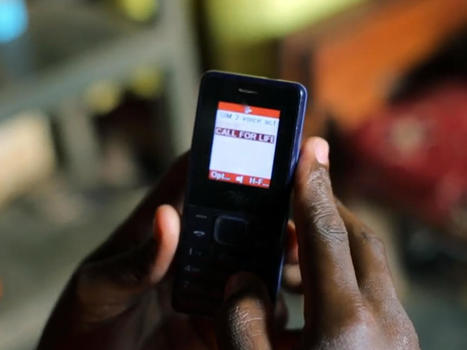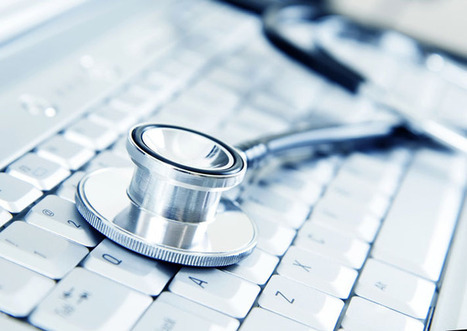The field of medical technology is incredibly exciting these days. Each breakthrough has the potential to impact the lives of thousands of patients, sometimes changing the course of medical history and forever improving the human experience. Such can be argued for antibiotics, x-rays, vaccines, or even things as seemingly simple as disposable medical instruments (an extremely important sanitary innovation). Year after year, teams of research physicians and engineers work to advance our knowledge and abilities.
This article reviews some of the most influential medical innovations of the past year. From new insights in the treatment of diabetes to a new type of optical surgical procedure, incredible innovations and advancements have been achieved this year.
Implant Relieving Severe Headache Pain
A new type of neuromodulation therapy has emerged that seems to be an effective treatment for cluster and migraine headaches. Neuromodulation therapy treats a cluster of nerves behind the face that signal headache pain. This device, implanted in the face by way of the mouth, is positioned to stimulate the facial nerve that relieves headaches when stimulated. A separate device, placed on the cheek, activates the device, relieving pain in as quickly as five to ten minutes.
Bariatric Surgeries Treating Diabetes
Doctors who have performed bariatric surgery, also known as gastric bypass, have noted in the past that many of their patients had gone into diabetes remission as they recovered from surgery. This evidence has some health care professionals advocating gastric bypass treatment as an early tactic for fighting diabetes, instead of as a last-resort effort.
Bee Venom Treats HIV
One toxin found in bee venom, melittin, has been found to destroy HIV particles. Researchers claim that the particles break apart the physical structure of the virus, but are too small to have an impact on other cells within the body. A proposed method for distributing the chemical is a topical virucidal agent.
Detecting Skin Cancer with a Hand-held Device
Caught at an early stage, the survival rate for melanoma is 99 percent. In advanced stages, though, that rate drops to a mere 15 percent.
The good thing about the skin and its relation to cancer is that we can observe it. Visual detection is the best way to prevent advanced stage melanoma. Therefore checking moles and other discoloration on the skin regularly can be the best form of early detection. If a patient notices a change and brings it to the attention of their dermatologist, this new device is able to scan the area and report to the physician whether or not melanoma is present within a few seconds. It works by analyzing a database of over 10,000 images alongside a structural scan of the skin using military-grade optical technology. Clinical trials show that this device is nearly 98% effective.
Cataract Surgery at one Quadrillionth of a Second
Femtosecond laser technology will help improve the outcome in the more than 1.6 million annual cataract surgeries that are performed in the US annually. The apparatus, which separates the tissue by ablating and cleaving it, instead of cutting it, operates in one quadrillionth of a second. Its speed and precision help reduce swelling post-op, allow less time to be spent on the eye, and help the surgeon be more accurate with the implant. Optical surgeons across the globe are eager to implement this new device in order to improve their practice.
More at the original at : http://medcitynews.com/2013/12/biggest-innovations-medical-technology-2013/
Via
Parag Vora



 Your new post is loading...
Your new post is loading...











The use of mobile tools for data capture and AI/ML algorithms for diagnostics and detections has been the inside story of digital health over the past 4 years. This is an excellent study and shows the promise of this combination of technologies in building the future of healthcare. HIV is a pandemic which must be eradicated.